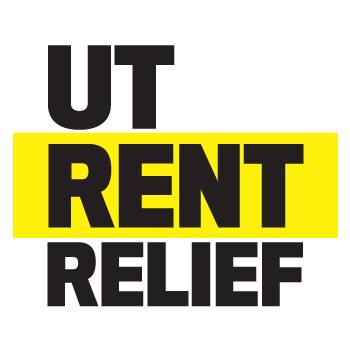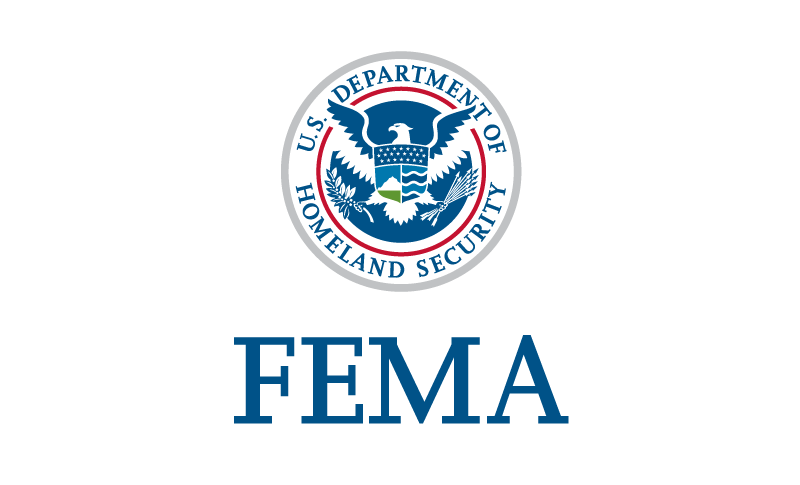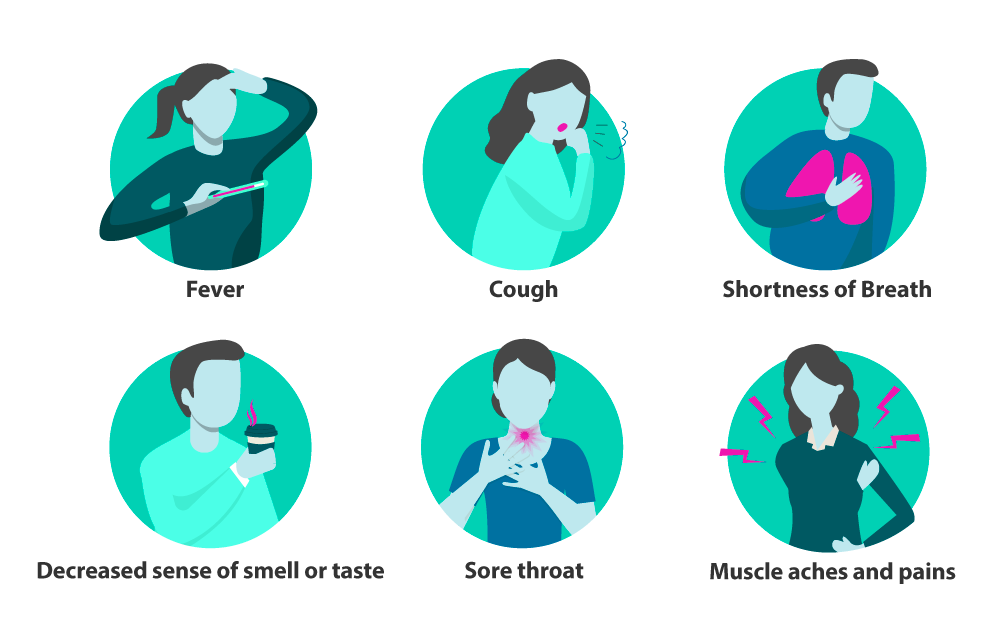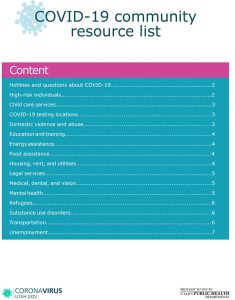Community Resources
How to protect yourself and our community
Protect yourself and others by social distancing, which slows the spread of COVID-19. Try to stay at least 6 feet way from other people. If you are unable to social distance, it is important to wear a face mask to help reduce the spread of the virus. Wash your hands with soap and water for 20 seconds. If you are feeling sick, please stay home and distance yourself from others if possible.
Financial Resources
The COVID-19 pandemic has affected many Utahns financially. Fortunately there are several resources available to help.
The Utah Housing Assistance Program can help renters who are unable to pay their rent and utilities due to circumstances related to COVID-19.
Unemployement assistance may be available for those that do not qualify for traditional unemployement benefits.
Emergency Broadband Benefit (EBB)
This temporary benefit will help to lower the cost of broadband service for eligible households during the COVID-19 pandemic.
Financial Assistance for COVID-19 Funerals
FEMA is providing financial assistance to families for COVID-19 funeral related expenses that were incurred after January 20, 2020
Additional Housing Rent/Utility Resources
Food Assistance Resources
Additional financial resources can be found in the COVID-19 Community Resource Guide.
Everyone
Higher Risk
- Protecting Higher-Risk Individuals
- Who is at higher risk and what to do? (CDC)
- See higher-risk individual PDF ( English / Espanol )
- Face coverings worn at all times in public setting
- Limit travel to only essential travel; if telework is not possible, limit travel to work-related travel only
- Limit visiting friends or family without urgent need
- Limit physical interactions with other higher-risk individuals, except for members of your household or residence
- Limit attending gatherings of any number of people outside your household or residence
- Do not visit hospitals, nursing homes, or other residential care facilities
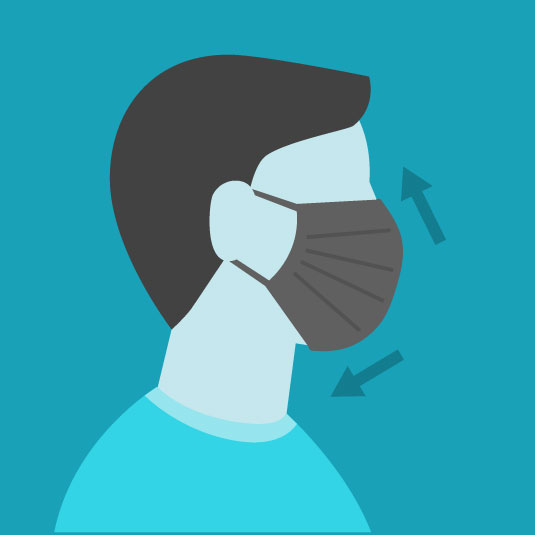
Your cloth face covering (mask) fits and you’re wearing it properly if:
- Your mouth and nose are fully covered
- The covering fits snugly against your face without gaps
- You don’t have difficulty breathing while wearing it
- The mask is secure and doesn’t slip once it’s on

Utah's Crisis Standards of Care
Crisis Standards of Care (CSC) were developed by the State of Utah to help guide the allocation of scarce patient care resources during an overwhelming public health emergency.
Click here to access the Utah Crisis Standards of Care Plan
Click here for frequently asked questions
en español
Report: Addressing Health Disparities Among Racially & Culturally Diverse Populations in Utah During COVID-19
This report was commissioned to explore the impact of the COVID-19 pandemic on Utah’s racially and culturally diverse populations.
Click here for multicultural resources
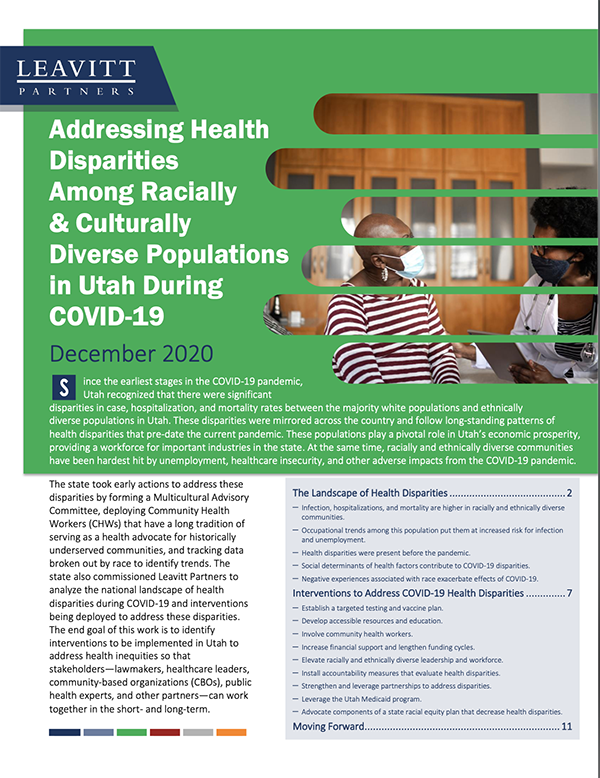
Contact tracing
Contact tracing is an important part of how public health responds and stops disease outbreaks. People who have been in close contact with someone who has COVID-19 are more at risk of getting infected and making others sick. Contact tracing is how public health workers find the close contacts of someone who has COVID-19.
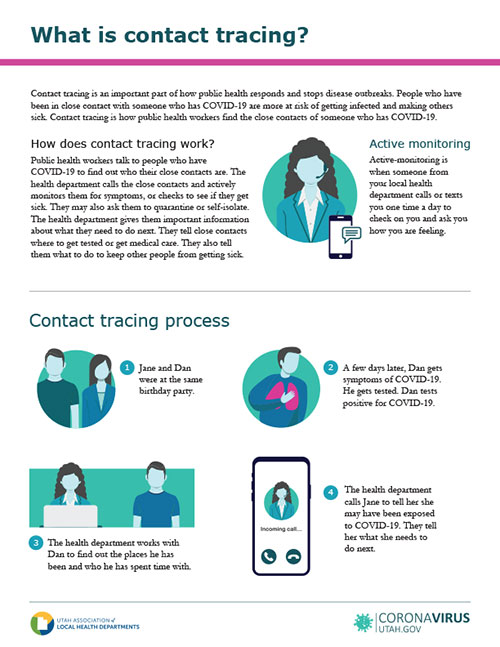
When to quarantine?
Quarantine is for people who may have been exposed to COVID-19, but aren’t sick yet. It keeps you away from others so you don’t infect someone else without knowing it. You should quarantine if you were exposed to COVID-19. This means you were in close contact with someone who has COVID-19 while that person was infectious.
- What is quarantine? (PDF Updated 12/2020)
- What to do if you are on quarantine or self-isolation for COVID-19 (CARE Booklet PDF Updated 12/2020)
When to isolate?
Isolation is for people who test positive or have symptoms of COVID-19. You are infectious and can spread the virus to others starting 2 days before you first had symptoms until your isolation period is done. If you never had symptoms, you are infectious starting 2 days before the day you were tested for COVID-19. Anyone who came into close contact with you during this time should quarantine.
- What is Self-Isolation? (PDF Updated 12/2020)
- What to do if you are on quarantine or self-isolation for COVID-19 (CARE Booklet PDF Updated 12/2020)
Education resources
Utah schools are working closely with local health departments to keep students and staff safe and prevent the spread of COVID-19 in our communities. More information can be found on our Educational Resources page, or by visiting the resources listed below.
Mental health resources
Taking care of your mental health, or how you feel, is just as important as taking care of your physical health.
- Mental Health Resource Page
- Mental Health During COVID-19 (pdf)
- Children’s Mental Health during COVID-19 (pdf)
- Mental Health Resources (pdf)
- Mental Health Resource Videos
- Utah Crisis Line 1-800-273-8255
- National Suicide Prevention Chat Line
- Download Safe Utah App
- UtahSuicidePrevention.org
- Emotional/Mental Health Resource 833-442-2211
Staying connected
Practice social distancing but stay connected with love ones and support each other.
Business resources
Thousands of Utahns have financially felt the impact of the COVID-19 pandemic. Some have felt it as their work hours have been reduced or temporarily laid off. To help individuals make it through these difficult times, resources are available with the Department of Workforce Services.
Guidance for Polling Locations
This guidance is intended to help polling site employees, volunteers and voters take appropriate steps to
protect themselves from potential exposure to the COVID-19 virus. The guidance includes considerations
to help policymakers and local communities make decisions about how to best reduce the potential for
exposure to COVID-19 while still operating polling sites.
Information on COVID-19 Death Reporting
Utah follows guidance outlined by the CDC to report deaths related to COVID-19. More information on that process can be found on the following webpage:
COVID-19 Deaths in Utah
Community Resource Guide
A list of community resources has been compiled to help community members have a quick reference guide of organizations and resources on a variety of topics including testing locations, housing and utility assistance and mental health.
This resource guide is also available in several other languages on our multilingual resources page.

